7 Major Threats to Your Executive Privacy
September 26, 2024 information removal | online privacy | Privacy
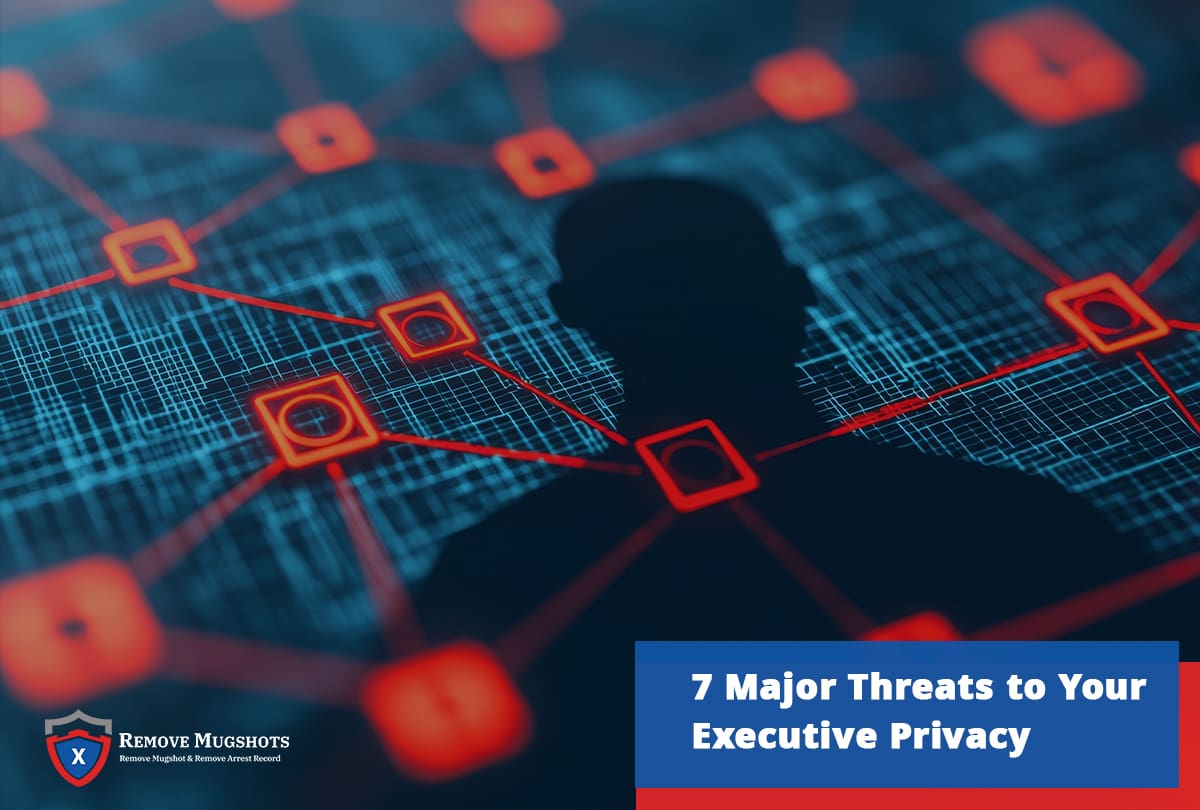
This article discusses several types of executive privacy threats that high-risk individuals should watch out for.
With all of the information that data brokers make available about you online, both your professional life and your personal life are at risk. And when bad actors get their hands on sensitive corporate data, all sorts of damage can result, including cyber attacks, data breaches and even physical threats.
Prioritizing executive security means keeping your personal accounts safe, as well as your company’s assets and sensitive documents. Online threats can spin out of control fast. Executive security strives to nip social engineering attacks and other online threats in the bud.
For immediate help with online privacy, contact our experts today at 844-935-1118 .
What Is Executive Privacy and Why Is It Important?

Executive privacy refers to the concept and process of protecting executives and other high-profile professionals from digital privacy risks that could impact their professional or personal lives (or both).
Digital executive privacy measures — also referred to as “executive protection” — protect VIPs through monitoring, intelligence and remediation processes. These measures protect execs from digital attacks like account takeovers, doxxing, identity theft, phishing and more.
Executive privacy is important because today’s professional VIPs are as much an asset to their companies as they are a prime target for hackers and cybercriminals.
With as much access to company data as executives have, not to mention influence in their industry and with the public, there’s more than enough for hackers to exploit.
When bad actors get their hands on company or personal data, everything from data leaks and reputation damage to financial fraud and physical danger can result.
Being aware of potential cyber crimes, actively monitoring executive security, and preventing attacks are key components of an executive protection strategy.
To speak with an expert about online reputation management, contact us today at 844-935-1118 .
7 Threats to Executive Privacy To Protect Yourself Against
Executive protection agents are well-versed in the security risks that high-profile executives commonly face. Read on to learn more about online privacy breaches, and contact us today at 844-935-1118 if you need to speak with an expert immediately.
Credential Theft
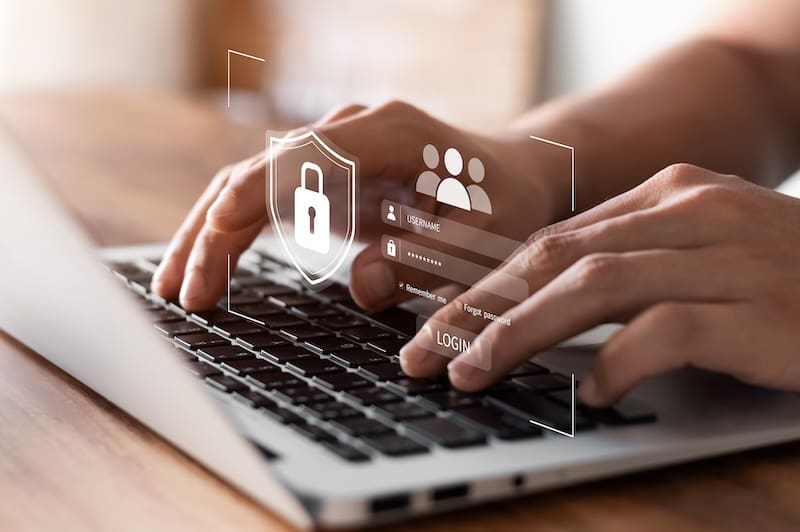
Cybercriminals will often steal login information to access company or personal data, including financial information. This typically leads to identity theft or financial fraud.
Authenticator App Attacks
Two-factor authentication is a security measure that aims to prevent credential theft and account compromise.
Here’s how two-factor authentication works:
- An individual logs into an account using their username and password.
- The authenticator system generates a one-time password that’s good for around 30 seconds.
- The individual enters this password into the account sign-in page.
- The passcode verifies the individual’s identity in order to grant access to the account.
Two-factor authentication decreases the risk of credential theft, but it doesn’t remove it completely. That’s because authentication apps themselves are vulnerable to attacks.
By hacking software authenticators, hackers can access data and cause a breach.
Data Leaks

According to an IBM report, the global average cost of a data breach is $4.88 million. A cyberattack can expose sensitive data, including credit card numbers, email addresses and more.
Additionally, 1 in 3 breaches include shadow data. Shadow data is information that exists outside of IT security protection, making it particularly vulnerable to attacks. This lack of protection makes digital privacy threats particularly difficult to track and safeguard against.
Extortion

Once a bad actor accesses sensitive data or leaks private information, they may coerce the victim into paying a ransom in order to have data and systems restored.
In the past, hackers mainly focused on large organizations. Now, though, they tend to target high-profile corporate executives either directly or after accessing data from a breach.
An example of this is the Conti hacker group and its attack on the Graff company. This attack resulted in data theft of tens of thousands of documents, including client lists, invoices and receipts.
Some of the stolen files related to high-profile individuals, including David Beckham, Oprah Winfrey and Tom Hanks.
Harassment
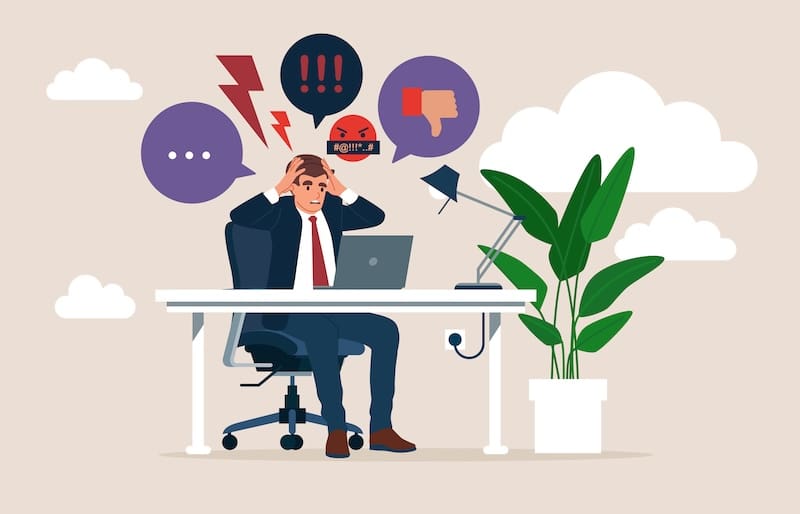
Executives who have public profiles can easily become the focus of online or real-life harassment.
An example of this is what happened to the CEO of Propine, a tech firm in Singapore. In 2020, Tuhina Singh was thought to have been arrested for not wearing a face mask, which led to doxxing. However, this was a case of misidentification, as she was not the same woman who was arrested.
Before it was clear that Singh was a victim of mistaken identity, though, users on social media posted her sensitive personal information. This included her email address and phone number, plus the names of her colleagues.
Impersonations

When scammers pretend to be company VIPs, they can do major damage to the brand’s reputation, and this type of attack is typically for the purpose of committing financial fraud.
Between data brokers and social media, cybercriminals can access droves of sensitive personal information about anyone, including VIPs. After studying how these individuals behave online, scammers can use similar language and behavior to trick colleagues into taking a specific action, like transferring money or paying an invoice.
This becomes even easier when a hacker is able to gain access to an executive’s private email account. A personal email account is not protected by the enterprise’s security methods, so there are endless ways that a hacker can use it to their advantage.
Phishing and Whaling Attacks
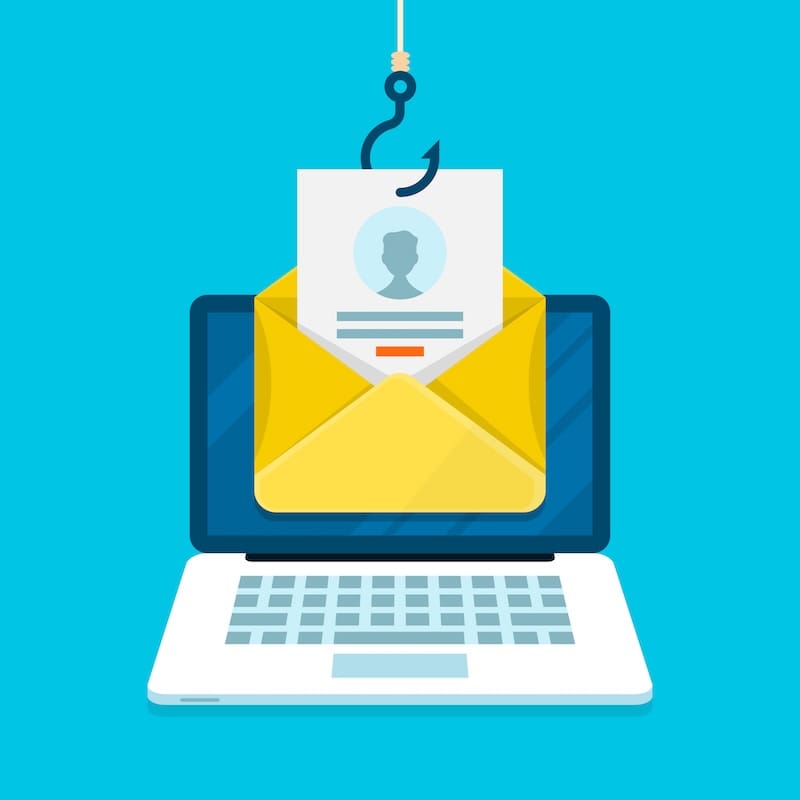
A fraudulent email or website can trick a user into giving away sensitive information, like their financial info or login credentials.
An example of this happened to the Mattel company in 2015 after hiring new CEO Christopher Sinclair.
The cybercriminals who initiated the attack had studied Mattel’s executive clearance policies and payment processes, and they learned that two executives were needed to approve a payment of around $3 million.
The cybercriminals sent a fraudulent email to a finance department executive that was disguised to look like it came from Sinclair. The email requested that a new Chinese vendor be paid, which didn’t seem out of the ordinary, as the company was expanding its China-based operations.
The money was approved and sent to the Bank of Wenzhou, and it wasn’t until the exec mentioned the transaction to Sinclair that they realized they were part of a phishing scam. Luckily, the authorities were able to recover the funds, preventing an over $3 million loss.
What Are Digital Executive Protection Services?
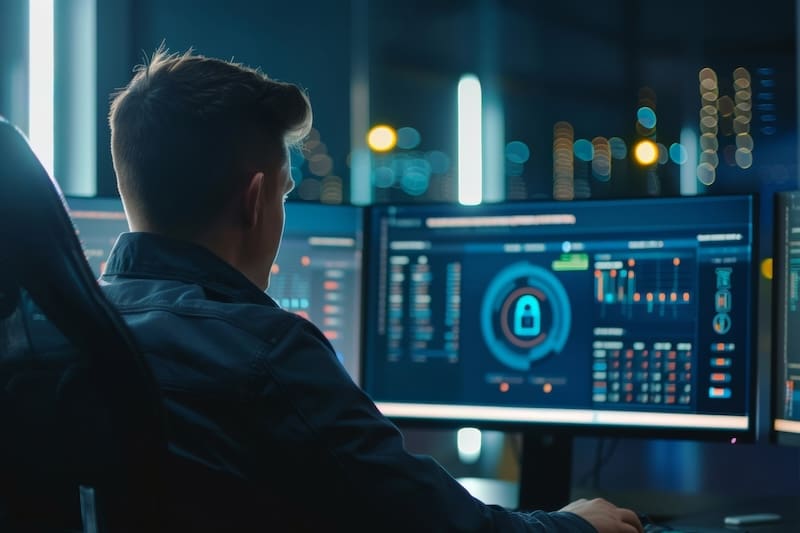
Digital executive privacy services protect VIPs from cyber threats. While the exact services an executive will receive are dependent on their unique situation, they typically include the following:
- Digital Footprint Assessment: To begin, your executive protection team will research your digital footprint to get a clear picture of your current online presence.
- Cybersecurity Monitoring: Regular monitoring is required to spot signs of online attacks and prevent them before they occur.
- Threat Intelligence: This service identifies potential threats to the executive’s home network, online accounts and personal devices.
- Content Removal Services: Taking down personal info is essential for keeping VIPs safe online. Content-removal experts will request that personal information be taken down from data broker sites.
- Incident Response: When monitoring and advanced threat detection aren’t enough, executive protection involves responding to incidents to stop them in their tracks and mitigate fallout.
Executive protection services aren’t just for the VIP’s well-being — they also keep family members and professional connections safe from online threats made by bad actors.
Next Steps: How To Keep Yourself and Your Family Members Safe Online
With so many digital threats to your executive privacy and new cybercrimes emerging all the time, it’s imperative that you create and uphold an executive protection strategy. Neglecting this necessity could lead to VIPs being harmed digitally or even physically, and those threats can even extend to colleagues, family members and other loved ones.
To speak with an expert about executive privacy and your online reputation, contact us today at 844-935-1118 .



